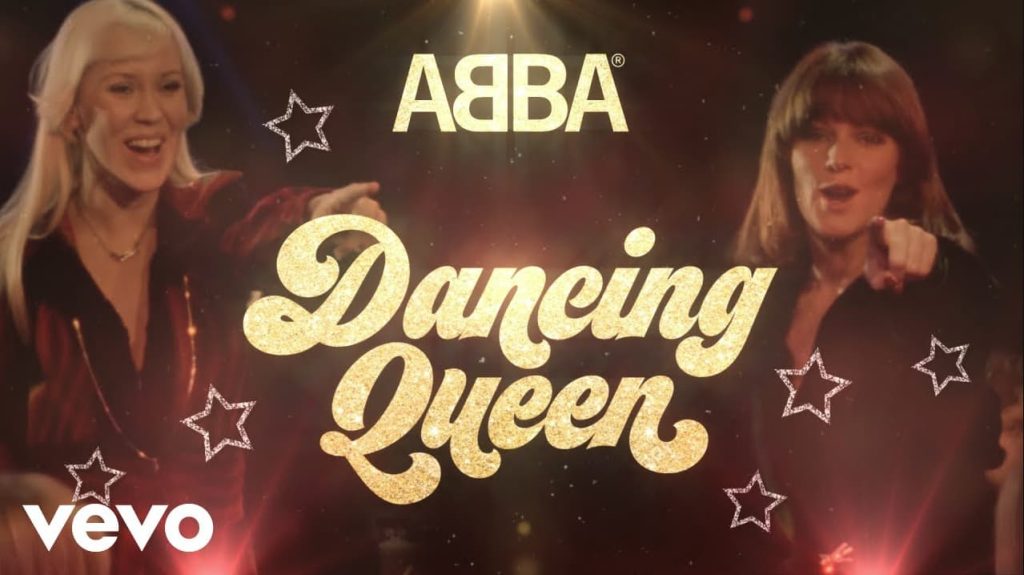
ABBA’s “Dancing Queen”: A Timeless Disco Anthem That Defined an Era
When you think of the 1970s, one song that immediately comes to mind is “Dancing Queen” by the legendary Swedish group ABBA. Released as the lead single from their fourth studio album, Arrival (1976), this track not only captured the essence of an entire decade but also transcended it, becoming a timeless classic that continues to bring joy to listeners across generations.
“Dancing Queen” was unleashed upon the world in August 1976, first hitting the airwaves in Sweden before making its way to the UK and the rest of Europe. From the moment it was released, the song was an instant sensation, sweeping across continents and securing its place in the annals of music history. It became ABBA’s only number one hit in the United States—a remarkable achievement considering the fierce competition in the disco-dominated charts of the time. But “Dancing Queen” didn’t stop there. It also topped the charts in numerous other countries, including Australia, Canada, Denmark, the Netherlands, Belgium, Ireland, Mexico, New Zealand, and even the Soviet Union, among many others. This global success solidified ABBA’s status as a pop powerhouse and further embedded “Dancing Queen” into the cultural fabric of the 1970s.
Musically, “Dancing Queen” stands as a perfect example of Europop merging seamlessly with American disco influences. ABBA’s masterminds, Benny Andersson and Björn Ulvaeus, along with Stig Anderson, crafted a song that was both sophisticated and accessible, reflecting the glitz and glamour of the disco era while retaining a melodic complexity that appealed to a broad audience. The influence of American disco is evident, with the song’s lush production echoing Phil Spector’s famous “Wall of Sound” technique. Yet, “Dancing Queen” is more than just a product of its time; it’s a composition that skillfully blends catchy hooks, rich instrumentation, and emotive vocals, creating an unforgettable auditory experience.
The song’s lyrics invite listeners to the dance floor, capturing the euphoria and freedom that comes from dancing. But what truly sets “Dancing Queen” apart is its emotional depth. The verses, described as “languid yet seductive,” lead into a chorus that soars with dramatic intensity, reaching notes that tug at the heartstrings. Agnetha Fältskog and Anni-Frid Lyngstad deliver these vocals with remarkable precision and feeling, their voices intertwining beautifully as they navigate the song’s intricate melody. The result is a track that is not only danceable but also deeply moving, resonating with listeners on both a physical and emotional level.
The legacy of “Dancing Queen” is undeniable. In 2015, the song was deservedly inducted into the Grammy Hall of Fame, a testament to its enduring appeal and significance in the world of music. For those who experienced it firsthand, “Dancing Queen” is a nostalgic reminder of the nights spent under the disco ball, lost in the music. For newer generations, it remains a captivating introduction to the magic of ABBA and the disco era.
So whether you’re reliving memories or discovering it for the first time, “Dancing Queen” continues to reign supreme, inviting everyone to the dance floor to feel young, free, and forever enchanted by its irresistible charm.